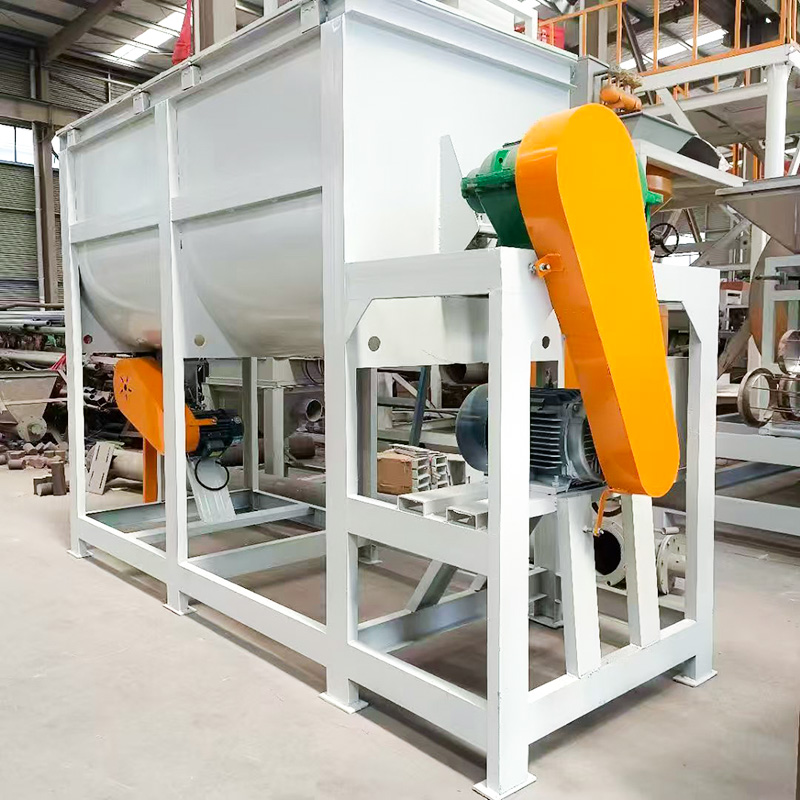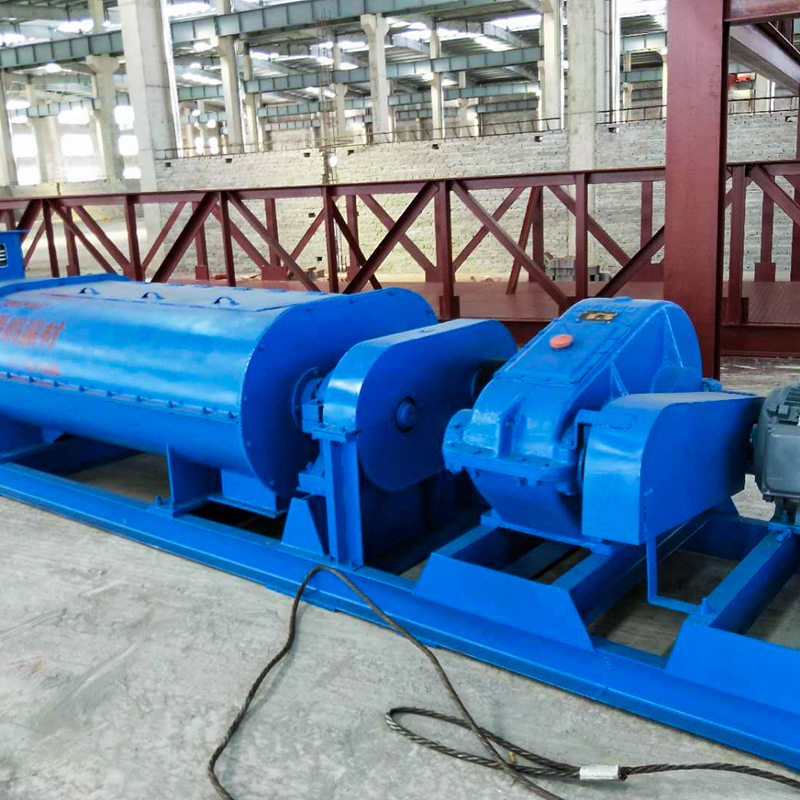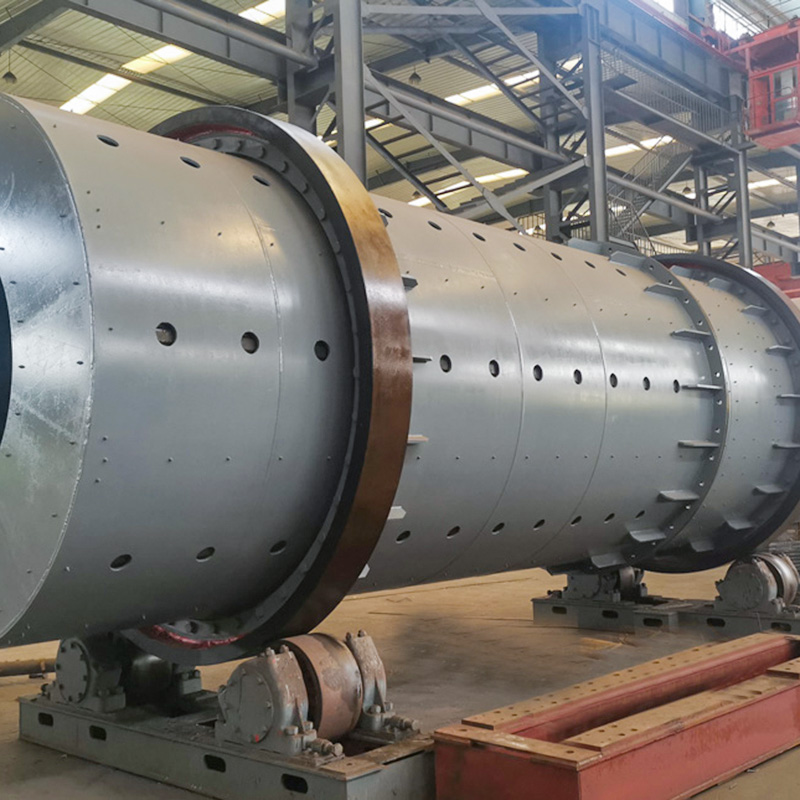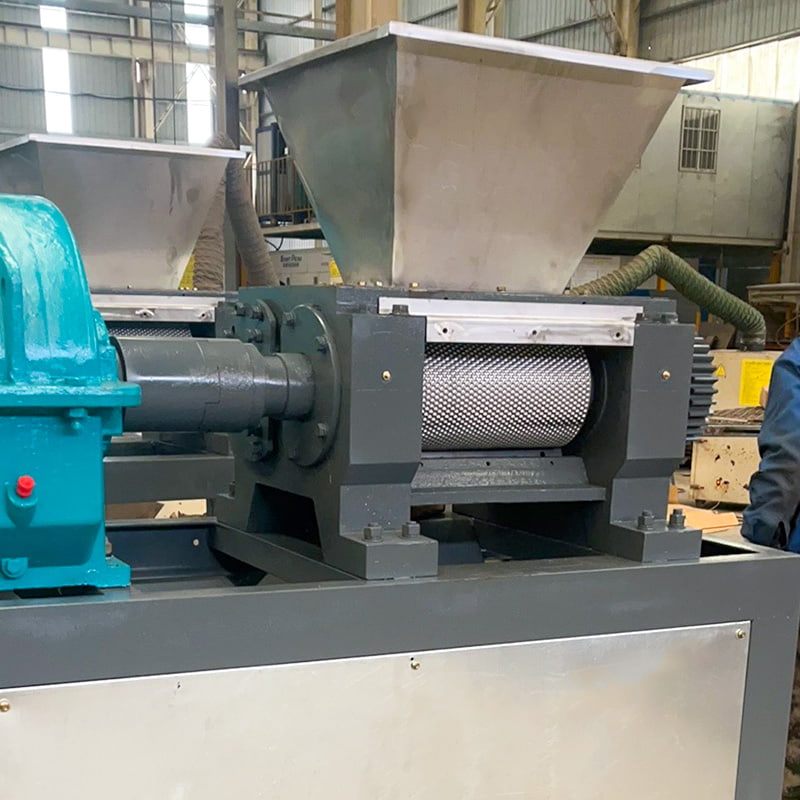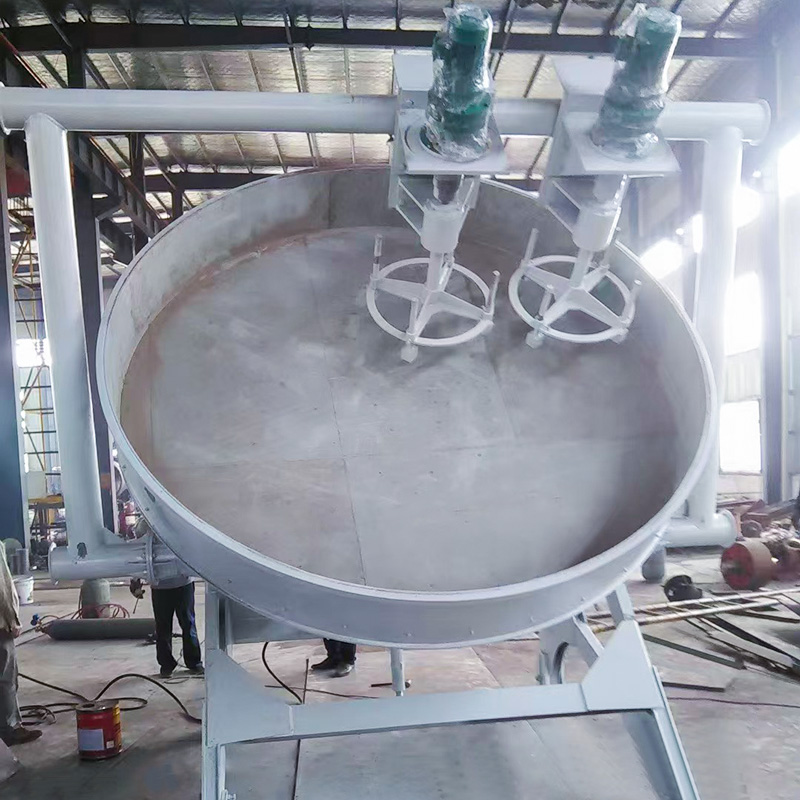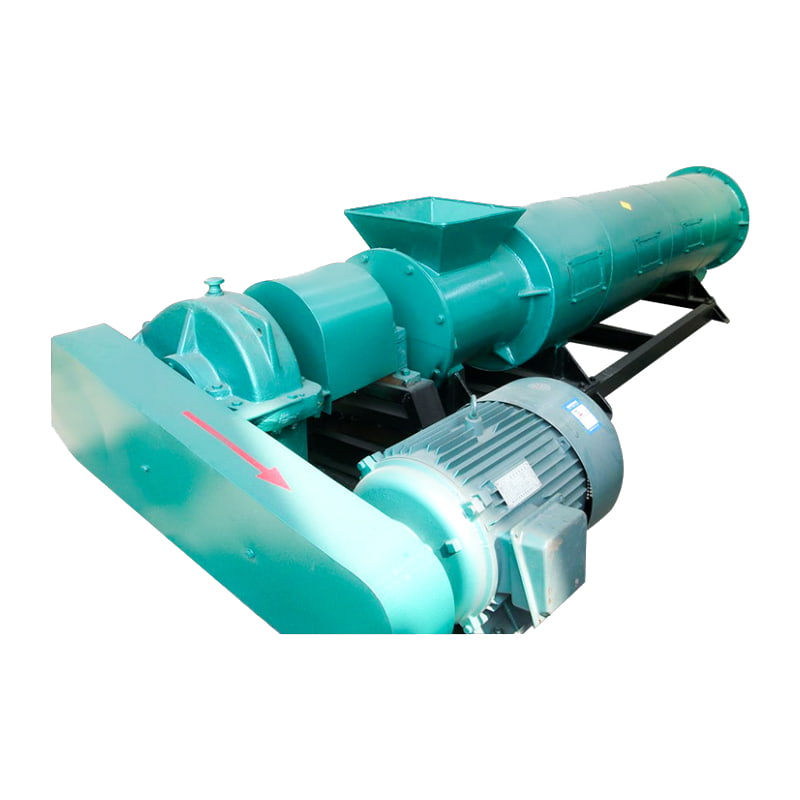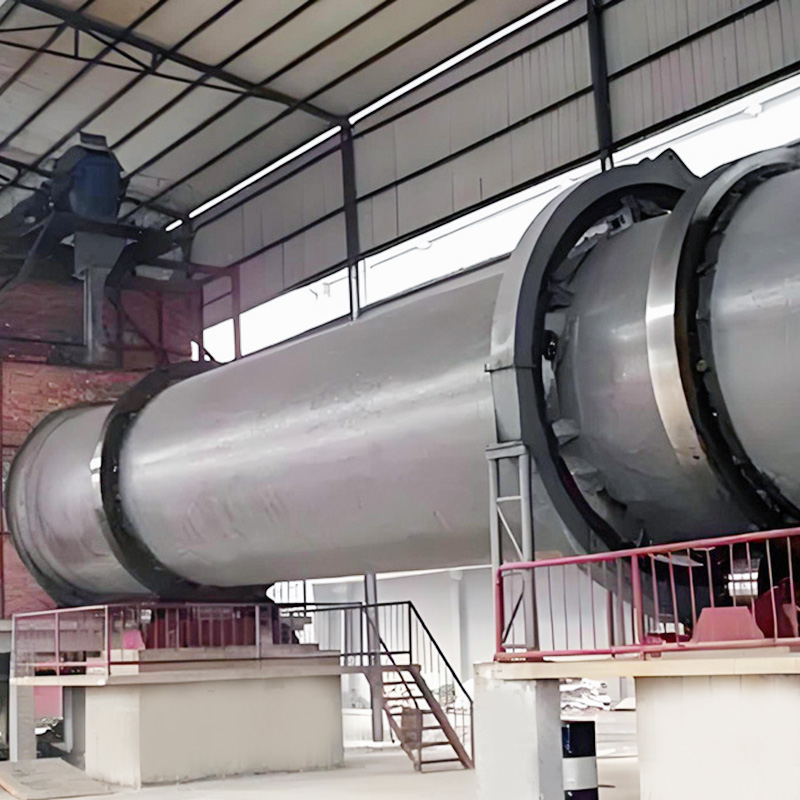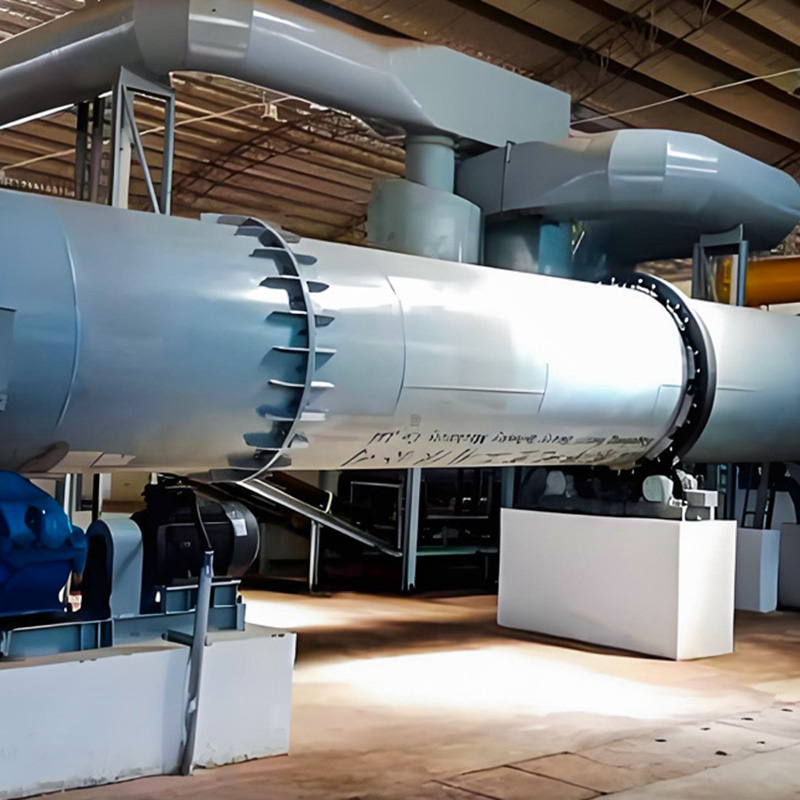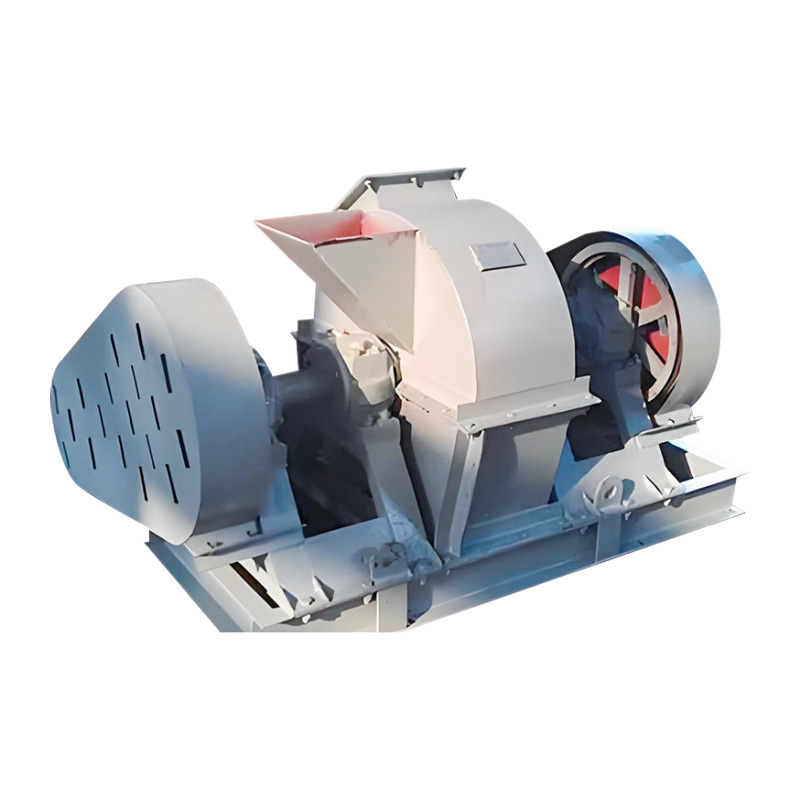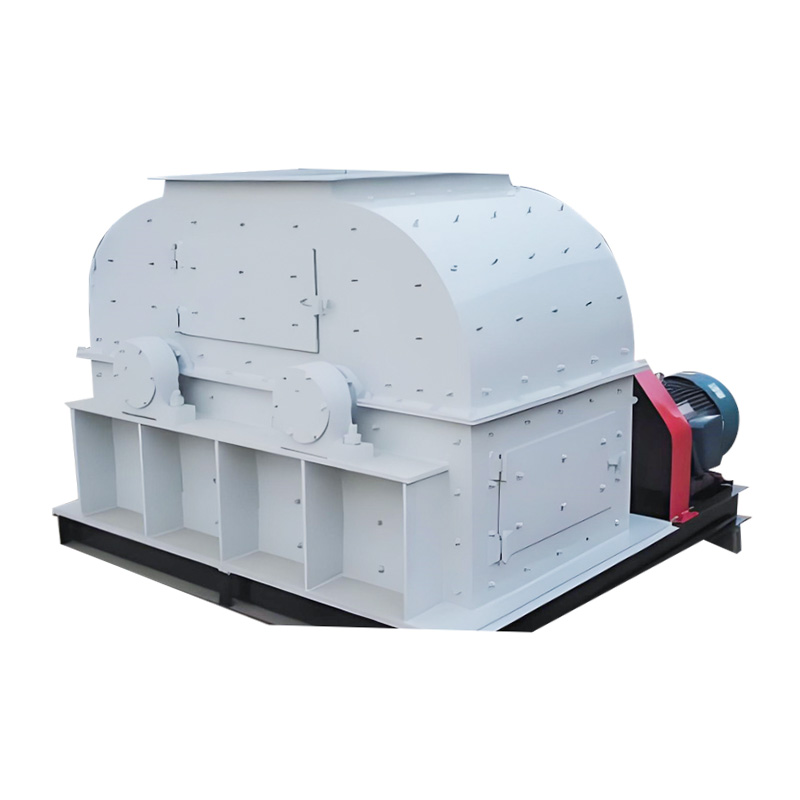Coal fired boilers in thermal power plants burn coal gangue with a certain proportion of particle size. The particle size of the coal in the coal mine is uneven, and most of the material particles in ...
READ MORELithium Carbonate Rotary Kiln
Lithium carbonate is an inorganic compound, occurring as colorless monoclinic crystals or white powder with the chemical formula Li₂CO₃. It is soluble in dilute acid and slightly soluble in water, with a higher solubility in cold water than in hot water. It is insoluble in alcohol and acetone. It is widely used in ceramics, pharmaceuticals, catalysts, and as a raw material for lithium-ion batteries. Our lithium carbonate pyrometallurgical roasting kilns, acidification kilns, and cooling kilns can be customized to meet customer needs. They are suitable for the pyrometallurgical calcination of raw materials such as lepidolite and spodumene. Models range from Ø0.8 to Ø5.2 m in length and are custom-designed with motors from 45 to 250 kW, capable of processing 120 to 3,000 tons of raw materials daily.
-
SPECIFICATIONS
-
CONTACT US
-
Applications
Suitable for pyrometallurgical production processes such as roasting, acidification, and cooling of lepidolite and spodumene raw materials.
Product Introduction
The rotary kiln calcining lithium carbonate equipment uses lepidolite as raw material and undergoes a series of processes, including mixing, roasting, cooling, and crushing. Zhengkuang Machinery has been dedicated to the research of lithium carbonate rotary kilns for many years. We have studied various common problems with these kilns and effectively addressed issues such as ring formation, low production output, and high energy consumption.Highlights
● The cylinder design fully considers the rotation angle of the cylinder's deflection support, extending the life of refractory bricks and castings.
● Large-diameter, low-aspect-ratio idler bearings are used for enhanced reliability, and the bearings are self-aligning.
● A new type of open gear cover seal provides excellent sealing performance.
● A spring-laminated flexible seal helps improve equipment reliability and service life.Operating Principle
Lepidolite, spodumene, and other raw materials, mixed with other materials, are introduced into the kiln from the upper end of the kiln for roasting. Within the kiln, the materials, affected by the kiln's inclination and rotation, undergo radial and lateral movement. These materials are carried to a higher level, where they exchange heat with the high-temperature flue gas, generating a thermal reaction that achieves the desired roasting effect. The kiln speed is regulated by a variable frequency motor, and the residence time in the kiln can be adjusted according to the reaction time requirements of the reaction materials. The burner is equipped with natural gas flow and air volume monitoring and adjustment functions to meet the adjustment functions of flue gas temperature and flow rate, thereby adapting to the roasting range temperature of the raw materials. -
Message Feedback
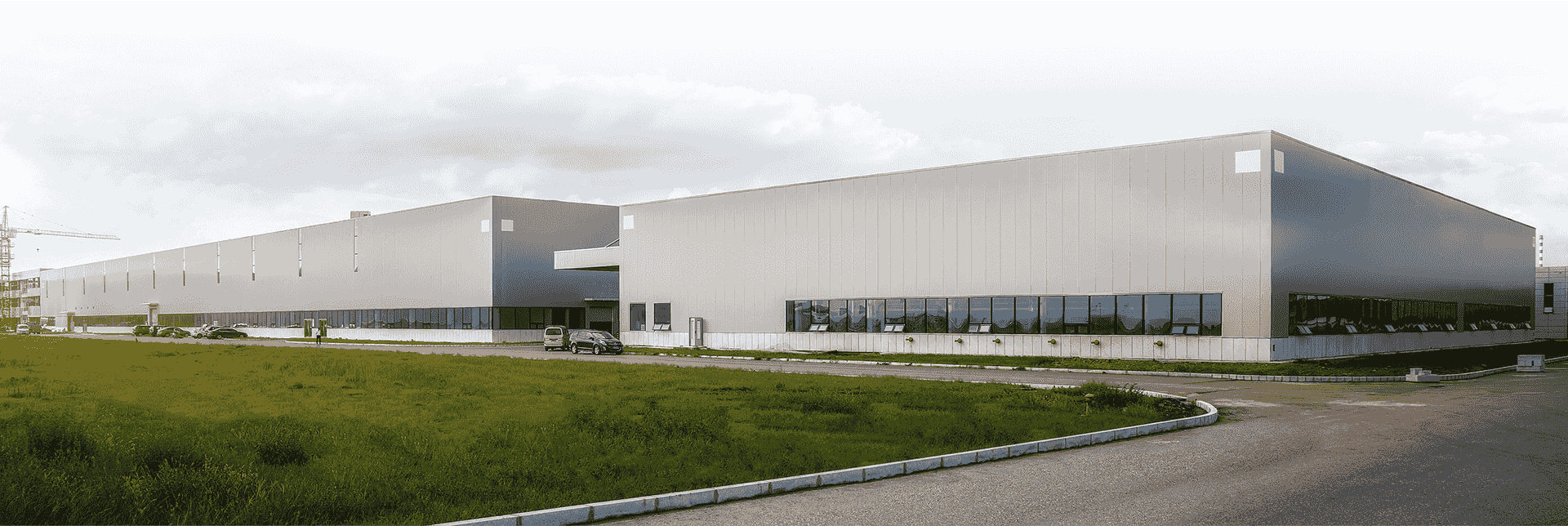
-
-
The grinder adopts a stepless speed control system, which can easily adjust the grinding speed suitable for grinding various components. Adopting an electric pneumatic proportional valve closed-loop f...
READ MORE -
In a significant stride towards bolstering agricultural productivity and sustainability, our company is proud to announce the launch of our state-of-the-art Compound Fertilizer Production Line. This i...
READ MORE

 En
En
 English
English  Français
Français  русский
русский  中文简体
中文简体  عربى
عربى  Español
Español 


